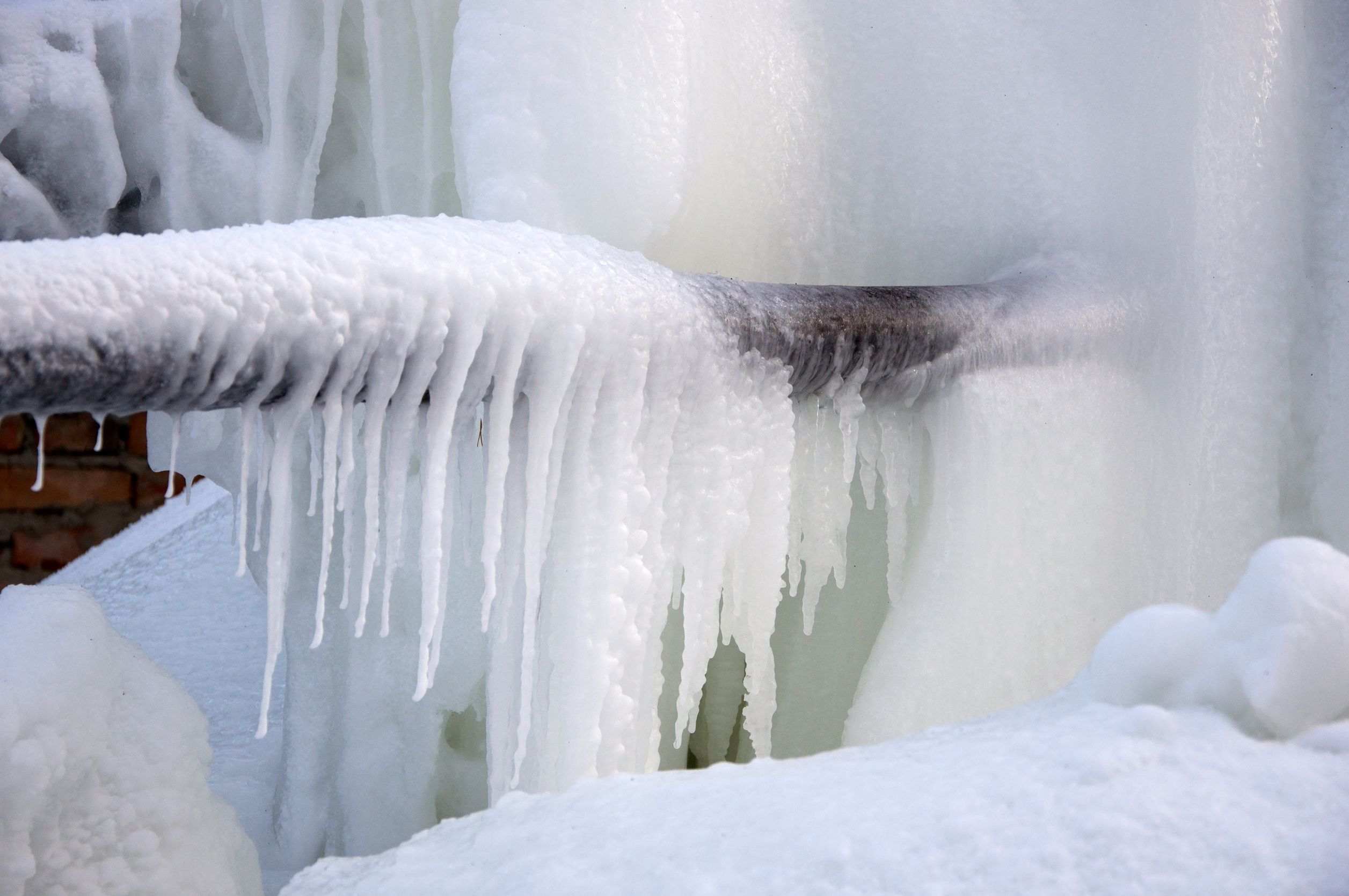Avoiding Frozen Pipes in Cold Weather: Pro Tips
Avoiding Frozen Pipes in Cold Weather: Pro Tips
Blog Article
Here below you can locate lots of awesome help and advice when it comes to How to prepare your home plumbing for winter weather.

Winter can damage your pipes, especially by freezing pipes. Below's exactly how to prevent it from occurring and what to do if it does.
Introduction
As temperature levels drop, the danger of icy pipes rises, potentially causing costly repairs and water damages. Recognizing how to avoid icy pipes is vital for homeowners in cold environments.
Avoidance Tips
Insulating susceptible pipelines
Wrap pipes in insulation sleeves or make use of warm tape to secure them from freezing temperature levels. Concentrate on pipes in unheated or exterior locations of the home.
Home heating strategies
Maintain indoor spaces adequately heated up, specifically locations with plumbing. Open cupboard doors to permit cozy air to flow around pipelines under sinks.
How to identify frozen pipes
Try to find reduced water circulation from taps, uncommon smells or sounds from pipes, and visible frost on exposed pipes.
Long-Term Solutions
Structural adjustments
Consider rerouting pipelines far from outside walls or unheated areas. Add additional insulation to attics, basements, and crawl spaces.
Upgrading insulation
Buy high-grade insulation for pipelines, attics, and wall surfaces. Proper insulation aids preserve consistent temperature levels and minimizes the risk of icy pipes.
Safeguarding Exterior Plumbing
Garden tubes and exterior faucets
Separate and drain garden pipes before winter season. Mount frost-proof spigots or cover outdoor taps with shielded caps.
Understanding Frozen Pipes
What causes pipes to ice up?
Pipelines ice up when exposed to temperatures below 32 ° F (0 ° C) for prolonged durations. As water inside the pipelines ices up, it increases, putting pressure on the pipeline wall surfaces and potentially creating them to burst.
Risks and damages
Icy pipes can result in water supply disruptions, residential or commercial property damage, and costly fixings. Ruptured pipelines can flood homes and trigger extensive structural damages.
Indicators of Frozen Water Lines
Identifying icy pipelines early can avoid them from bursting.
What to Do If Your Pipelines Freeze
Immediate activities to take
If you think icy pipelines, keep taps available to relieve stress as the ice melts. Make use of a hairdryer or towels soaked in warm water to thaw pipes gradually.
Final thought
Preventing icy pipes needs proactive actions and quick actions. By understanding the reasons, indicators, and preventive measures, home owners can protect their plumbing throughout winter.
5 Ways to Prevent Frozen Pipes
Drain Outdoor Faucets and Disconnect Hoses
First, close the shut-off valve that controls the flow of water in the pipe to your outdoor faucet. Then, head outside to disconnect and drain your hose and open the outdoor faucet to allow the water to completely drain out of the line. Turn off the faucet when done. Finally, head back to the shut-off valve and drain the remaining water inside the pipe into a bucket or container. Additionally, if you have a home irrigation system, you should consider hiring an expert to clear the system of water each year.
Insulate Pipes
One of the best and most cost-effective methods for preventing frozen water pipes is to wrap your pipes with insulation. This is especially important for areas in your home that aren’t exposed to heat, such as an attic. We suggest using foam sleeves, which can typically be found at your local hardware store.
Keep Heat Running at 65
Your pipes are located inside your walls, and the temperature there is much colder than the rest of the house. To prevent your pipes from freezing, The Insurance Information Institute suggests that you keep your home heated to at least 65 degrees, even when traveling. You may want to invest in smart devices that can keep an eye on the temperature in your home while you’re away.
Leave Water Dripping
Moving water — even a small trickle — can prevent ice from forming inside your pipes. When freezing temps are imminent, start a drip of water from all faucets that serve exposed pipes. Leaving a few faucets running will also help relieve pressure inside the pipes and help prevent a rupture if the water inside freezes.
Open Cupboard Doors
Warm your kitchen and bathroom pipes by opening cupboards and vanities. You should also leave your interior doors ajar to help warm air circulate evenly throughout your home.

I hope you enjoyed reading our topic about Winter Plumbing Precautions: Preventing Frozen Pipes. Thank you for taking the time to browse our posting. Enjoyed our piece? Please quickly share it. Help another person locate it. We enjoy your readership.
Call Today Report this page